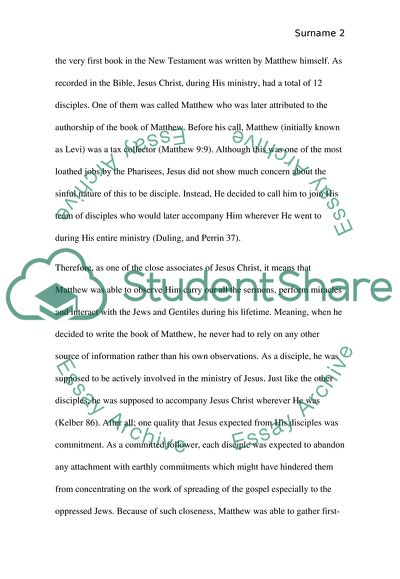Cite this document
(Criticism, Canon, and Historical Truth of the Gospels Essay Example | Topics and Well Written Essays - 1500 words, n.d.)
Criticism, Canon, and Historical Truth of the Gospels Essay Example | Topics and Well Written Essays - 1500 words. https://studentshare.org/religion-and-theology/1819056-criticism-canon-and-historical-truth-of-the-gospels
Criticism, Canon, and Historical Truth of the Gospels Essay Example | Topics and Well Written Essays - 1500 words. https://studentshare.org/religion-and-theology/1819056-criticism-canon-and-historical-truth-of-the-gospels
(Criticism, Canon, and Historical Truth of the Gospels Essay Example | Topics and Well Written Essays - 1500 Words)
Criticism, Canon, and Historical Truth of the Gospels Essay Example | Topics and Well Written Essays - 1500 Words. https://studentshare.org/religion-and-theology/1819056-criticism-canon-and-historical-truth-of-the-gospels.
Criticism, Canon, and Historical Truth of the Gospels Essay Example | Topics and Well Written Essays - 1500 Words. https://studentshare.org/religion-and-theology/1819056-criticism-canon-and-historical-truth-of-the-gospels.
“Criticism, Canon, and Historical Truth of the Gospels Essay Example | Topics and Well Written Essays - 1500 Words”. https://studentshare.org/religion-and-theology/1819056-criticism-canon-and-historical-truth-of-the-gospels.


